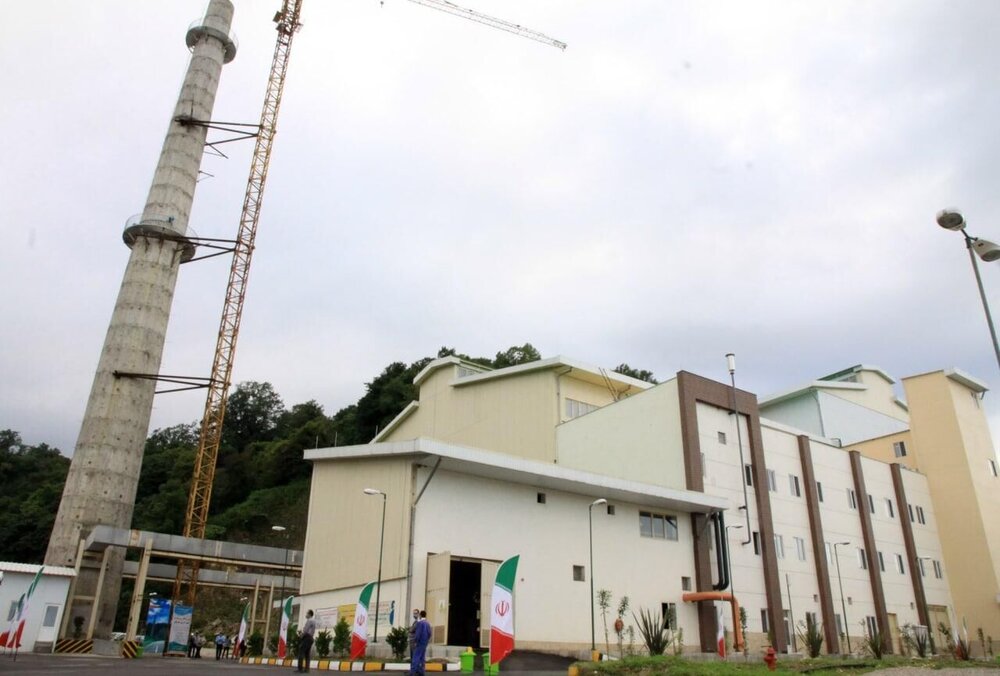Waste-to-energy plant to come on stream in northern Iran

TEHRAN – A waste-to-energy plant will be officially inaugurated on Thursday in the city of Noshahr, northern Mazandaran province.
A waste-to-energy plant is a waste management facility that combusts wastes to produce electricity. This type of power plant is also called a trash-to-energy, municipal waste incineration, energy recovery, or resource recovery plant.
Iran currently has five waste-to-energy plants operating in the cities of Tehran, Shiraz, and Mashhad.
Establishing Noshahr plant as the first one in the northern part of the country started in 2011, with the aim of processing 200 tons of waste produced in Noshahr, Chalous, and Kelardasht counties and generating about three megawatts of electricity per hour on a land area of about 2 hectares, which was supposed to be operational within a maximum of 2 years.
So far, about 1.1 trillion rials (about $26 million at the official rate of 42,000 rials) have been spent for the construction of this power plant.
The amount of waste generated in the northern provinces of the country, neighboring the Caspian Sea, is snowballing at a rate of over 7,000 tons a day, holding accountable for 14 percent of the total daily 50,000 tons of waste produced in the country, Khabaronline reported in January 2019.
In the past few years, the amount of waste produced in the three northern provinces of Mazandaran, Golestan, and Gilan has risen sharply to alarming rates, Sirous Vatankhah, secretary of energy technologies development headquarters at the vice-presidency for science and technology, told ISNA that there is a significant relationship between the prevalence of various diseases and the amount of waste generation, which must be considered a "danger sign" that needs urgent measures to contain the issue.
Diseases such as tetanus, typhoid, intestinal parasites, bloody diarrhea, poliomyelitis or infantile paralysis, and skin lesions are among the diseases caused by solid waste pollution in water, air, and soil.
On the other hand, a large part of these thousand tons of waste is ending up in the Caspian Sea and the forests, which can lead to many changes in the environmental cycles.
Moreover, Hossein Niaz Azari, a member of the parliament, said that some 104 aquatic species have been living in the Caspian Sea in the past years, while most of them have gone extinct due to the high amount of waste entering the sea.
Deputy environment chief Masoud Tajrishi has referred to the poor waste disposal in the coastal cities of the country, saying that “Unfortunately, we face not only the problem of identifying a proper place for waste disposal but sewers being discharged into all rivers and lakes.
In such case, mostly tourists who are littering the northern coast are blamed, however, the other main reason behind is the lack of proper equipment for waste management and recycling, he added.
FB/MG

Leave a Comment